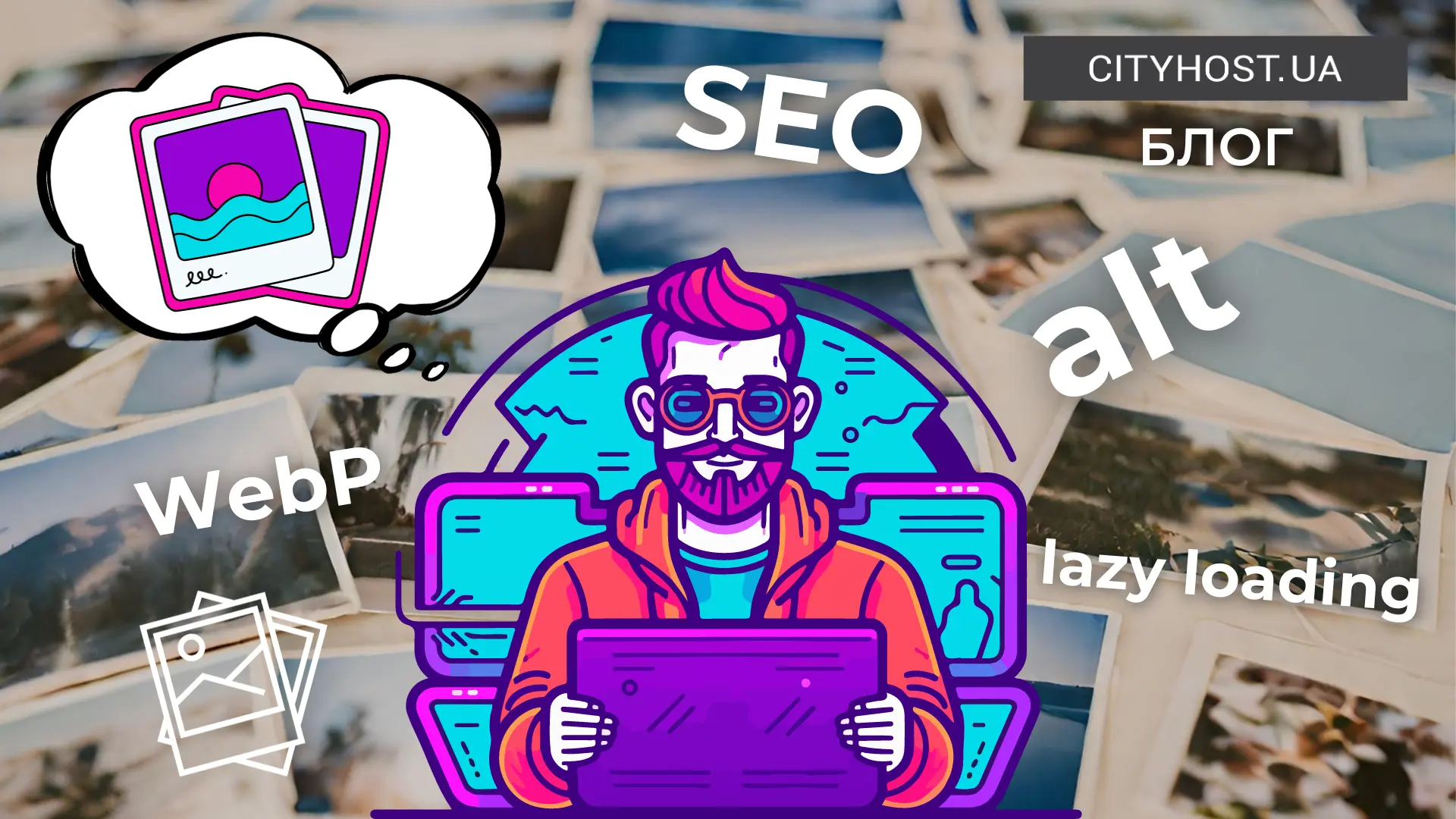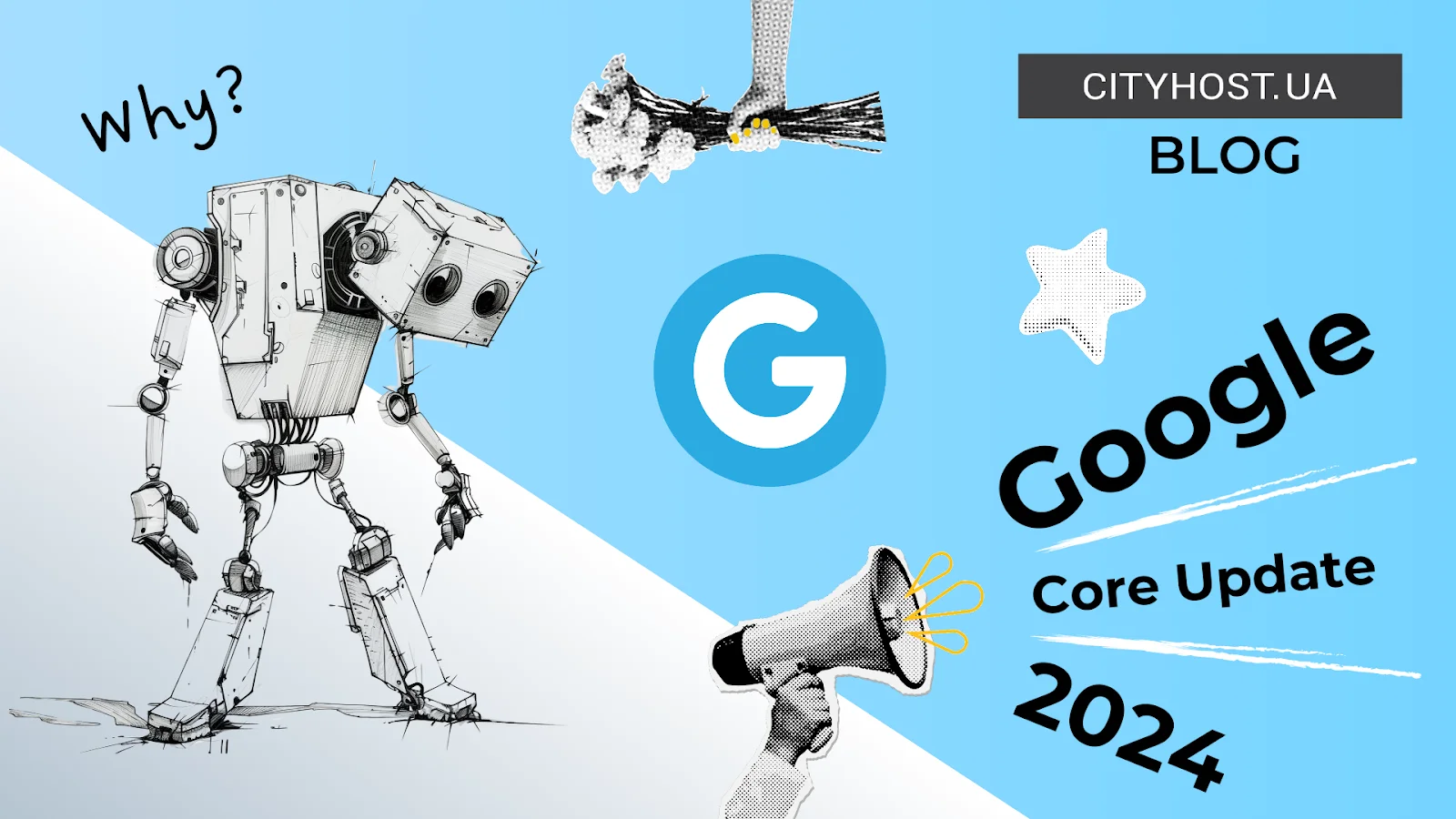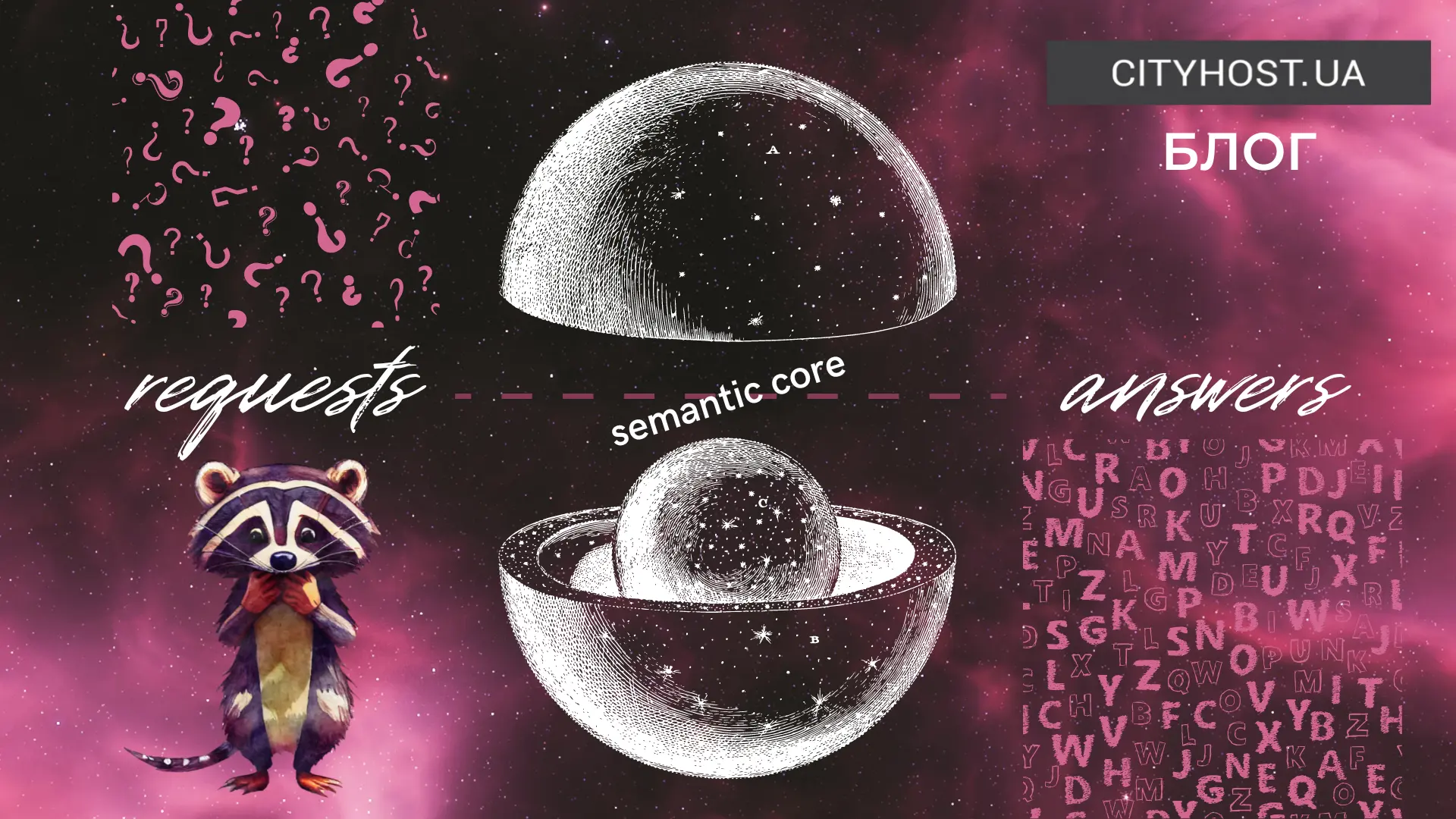 What is a Search Engine Robot and How to Manage It
What is a Search Engine Robot and How to Manage It
In this article, you will learn what a search engine robot is and how to manage it to attract visitors from search engines.
 Bounce Rate on a Website — How to Analyze and Reduce It
Bounce Rate on a Website — How to Analyze and Reduce It
Do readers visit your website and not interact with it? This is what a bounce looks like — an important metric that we'll discuss in article.
 SEO on a shoestring – what a website owner can do on their own for site promotion without hiring specialists
SEO on a shoestring – what a website owner can do on their own for site promotion without hiring specialists
SEO is a lengthy and complex process that requires the involvement of specialists. However, improvements can be made on website independently.
 SEO Optimization of Images: How to Optimize Images on Your Site
SEO Optimization of Images: How to Optimize Images on Your Site
This article provides insights into optimizing images for your website, covering basic methods and common pitfalls.
 How to Improve Your Website's SEO with Yoast SEO
How to Improve Your Website's SEO with Yoast SEO
A detailed review with screenshots of the Yoast SEO plugin on WordPress: from installation and basic settings to post and page optimization.
 Google updates in March 2024 – the search engine rolls out a global update
Google updates in March 2024 – the search engine rolls out a global update
The latest Google updates will significantly impact search results. Read the article to find out what actions can now be considered manipulative.
 What a Heat Map of a Website Can Reveal and How to Create One
What a Heat Map of a Website Can Reveal and How to Create One
A click map is one of the most intriguing analytics methods. It assists in visualizing how users interact with the site and where their clicks.
 How to create a semantic core yourself
How to create a semantic core yourself
The semantic core is the first step in creating a website. Properly compiled semantics will help create a site structure with a high chance of getting into the TOP.
 How to Adapt Your Website for Mobile Devices
How to Adapt Your Website for Mobile Devices
A website is impossible without adaptation for device screens. Read the article to learn various methods for creating responsive site.
 How to Attract More Comments to Your Blog
How to Attract More Comments to Your Blog
Blog comments are a great way to improve the SEO of a website and create a loyal community of users. How can this be done? Read in the article.
 Crafting Article Headings for Improved SEO and Readability — Technical and Stylistic Tips
Crafting Article Headings for Improved SEO and Readability — Technical and Stylistic Tips
Headings and subheadings play a vital role in structuring articles. Learn how to create headings that boost SEO and captivate your readers.
 What is LSI text and how to write it
What is LSI text and how to write it
When filling the site with texts, it is necessary to take into account not only SEO strategies of content creation, but also hidden semantic indexing - LSI.
Internal site optimization is one of the key stages of project advancement. Directed to work with the project itself: starting from the structure and ending with the content.
Internal optimization is primarily performed for users who will visit the site. The profit of the company directly depends on how well they understand the structure of the web resource, how easily they will be able to find the necessary sections and place an order. After all, if search engines see that people like the online store, and they spend a lot of time on it, then they increase their position in the search results.
If users log in and quickly log out, it means that the site's usability leaves much to be desired. Such a project requires refinement, and therefore does not deserve a place in the TOP-10.
Internal optimization includes work on:
Now you know what internal optimization is and what it gives. Even the 6 points listed above are enough to get into the TOP search engines. But they are actually much more. You will have to work with it constantly, since the internal optimization of the site never ends. You can always improve something. What exactly - read in the blog of the CityHost company.